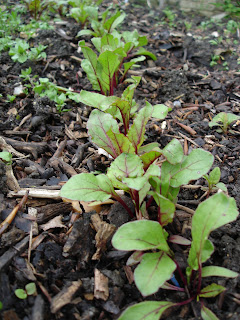
One of my greatest pleasures from gardening is being able to eat what I grow. This is the time of year when you will see elderflowers in the hedgerows for a short period of time. Surely one of the quintessential English flavours is that of elderflower cordial. Every year I make a couple of bottles which last me into the Summer. Here is how you make it:
Pick a carrier bag full of elderflower heads, just cutting about 1/2 inch of stalk. It might be advisable when you get them home to lay them out on a sheet of newspaper outdoors to let any creepy crawlies escape. After this snip as much of the green stalk away as you can. It does not matter if you leave some behind.
Take 6 lemons and grate the rind off and squeeze the juice out. Put the juice and rind aside for later. Place the used lemon halves in a large saucepan with 3 pints of water and 3 pounds of sugar. Boil this mixture up until the sugar has melted completely. Place the elderflowers in a large heatproof bowl and pour over the hot sugar syrup and lemon pieces. Stir to mix then immediately cover the bowl with cling film and allow to cool completely.
When the syrup is cold, add the lemon juice and rind. Add 3 teaspoons of citric acid stir in well and cover with cling film again. Leave this mixture in a cool place for at least 2 days - yes 2 days. Stirring occasionally and then covering. This will allow the essential oils in the elderflowers to release into the syrup.
When ready, filter out the syrup from the other stuff by using a muslin in a kitchen sieve. Pour the syrup into sterilized bottles. This should keep in the fridge for a month or so.
Dilute to taste - it's absolutely fantastic! guaranteed!











